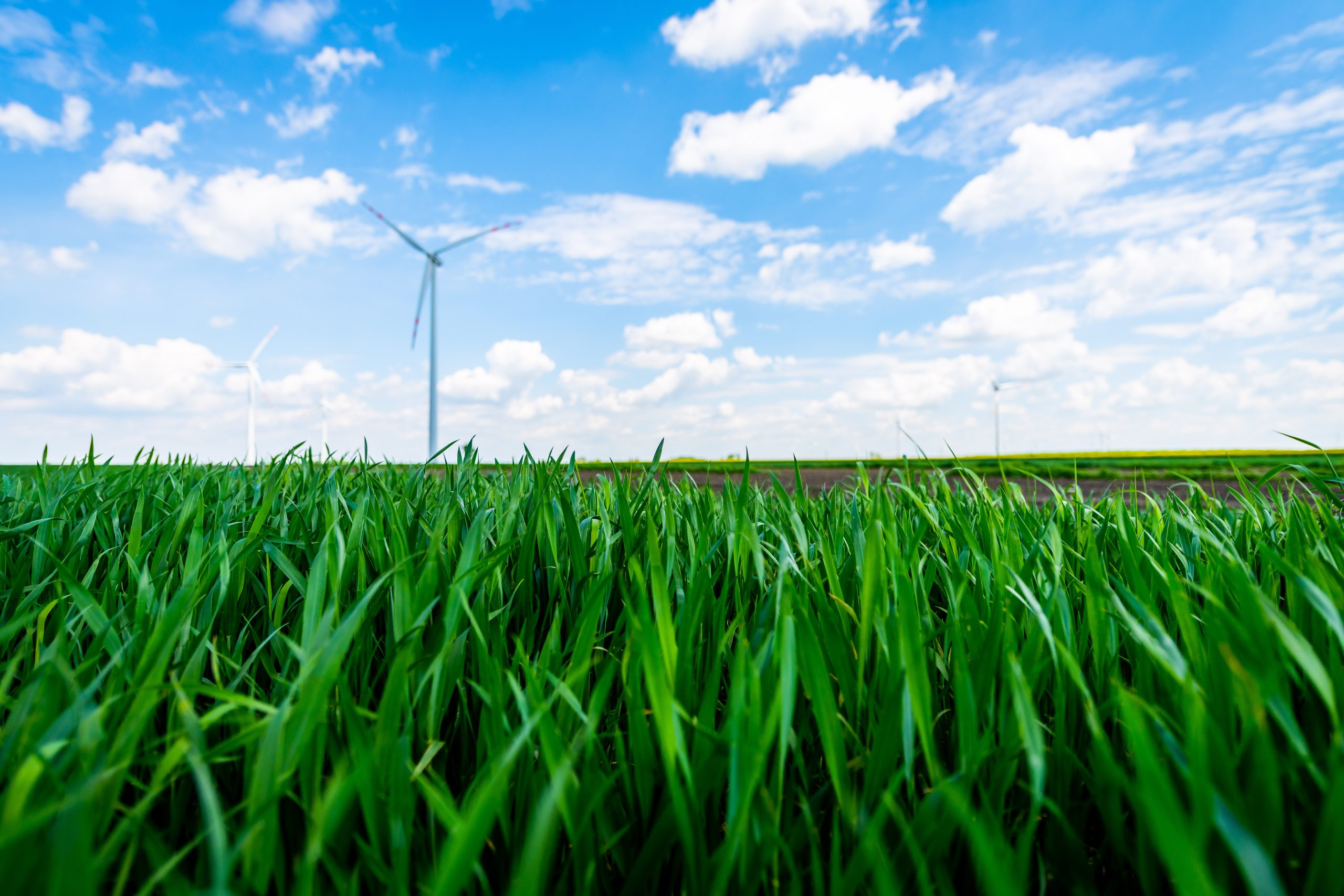-
3-1
-
3-2
-
2-29
Developing good relations with the stakeholders is of key importance for TAURON Group. The cooperation with the stakeholders constitutes the foundation for the Group to achieve success in both business operations, as well as social activities. Partnership relations with the stakeholders have a significant impact on the long term strategy and the sustainable (balanced) approach to the business operations. TAURON Group maintains a social license to operate („license to operate”) by developing good relationships with local communities.
For this reason, the Group has been conducting a process of mapping and involving its stakeholders for a number of years. This activity is carried out systematically and in accordance with methodological principles, thus forming the basis for the performance of the Group’s business activities in terms of the idea of sustainable development. This process is carried out by TAURON Group with respect to both the strategic mapping (for the entire TAURON Capital Group) as well as the operational mapping (for the individual investment projects implemented by the Group).
Accordingly, another strategic mapping exercise took place in the fall of 2022, conducted in cooperation with experts from the University of Science and Technology (AGH) and the Institute of Accounting and Taxation.
TAURON Group’s stakeholder mapping process was conducted in terms of full compliance with the AA1000 Stakeholder Engagement Standard – 2015 Edition (the so-called AA1000 SES standard), and also using the ICMM (International Council on Mining & Metals) guides, titled „Stakeholder Research Toolkit. Stakeholder Research Toolkit, based substantively on the Johnson&Scholes methodology.
TAURON Group’s stakeholder mapping began with the identification of the stakeholder groups. First, a quantitative survey was used, which, based on the data from the Ministry of Climate and Environment and the Energy Regulatory Office, allowed for a generic analysis of the stakeholders present in the energy market in Poland. Secondly, a detailed generic analysis of the stakeholder responses to the communications and reports authored by TAURON Group in the July 2021 – August 2022 time frame was conducted.
The above activities allowed for identifying the following groups of TAURON Capital Group’s stakeholders in 2022:
- local communities,
- public administration,
- investors, shareholders, analysts,
- suppliers,
- industry organizations,
- local government,
- media,
- customers,
- employees
- banks, capital providers,
- regulators,
- innovators, start-ups,
- non-government organizations,
- natural environment and climate,
- research and science community,
- business partners,
- competition.
The next two-part stage of the stakeholder mapping process was the stakeholder diagnostics and classification. First, the level of the stakeholder interest in the organization was analyzed, followed by the level of impact of each stakeholder on the organization. Both parts of the analysis used the Johnson&Scholes methodology indicated above, based on an assessment of the level of interest and impact on a scale from -5 (very low level) to +5 (very high level). At the same time, the type of this level was indicated, defined as positive, neutral and negative.
Stakeholder interest levels were analyzed through the use of a quantitative survey, involving an in-depth analysis of the stakeholder reactions to the communications and reports authored by TAURON Group during the July 2021 – August 2022 time frame. A total of 22 957 stakeholder responses were identified, which allowed for obtaining fully methodologically correct analytical material for assessing interest in each identified group.
Stakeholder impact levels were, in turn, studied using a quantitative survey, based on a survey tool, conducted in October 2022 among top managers, and supported by a methodological workshop lasting several hours, led by an external specialist from AGH.
The results of the above mentioned surveys in both areas allowed for defining four categories of stakeholders, identified within the Johnson&Scholes matrix for TAURON Group. One of them became the Key Stakeholders (with interest levels from 0 to +5 and impact levels from 0 to +5), representing the most impactful and important stakeholders of the Group.
Johnson & Scholes matrix illustrating the map of TAURON Capital Group’s stakeholders in 2022
In accordance with the mapping process, the following groups have been identified as the key stakeholders of TAURON Capital Group in 2022:
- local communities,
- public administration,
- investors, shareholders, analysts,
- industry organizations,
- local government,
- media,
- customers,
- employees,
- banks, capital providers,
- innovators, start-ups,
- non-government organizations,
- natural environment,
- research and scientific community,
- business partners,
- competition.
The stakeholder map constitutes a fundamental value in terms of the ongoing sustainability process across the TAURON Group’s entire value chain. Identifying and developing desirable relationships with various stakeholder groups, is an important part of the activities performed as part of the Group’s business strategy. The above result also represents the starting point for determining the materiality of the reporting aspects for 2022, as these are issues in the implementation of which the key stakeholders have a significant role.
The cooperation with the individual stakeholders is described in the specific sections of this Report and additionally in the Report of the Management Board on the Operations of TAURON Polska Energia S.A. and TAURON Capital Group for the financial year 2022, in section „Investor Relations„.

